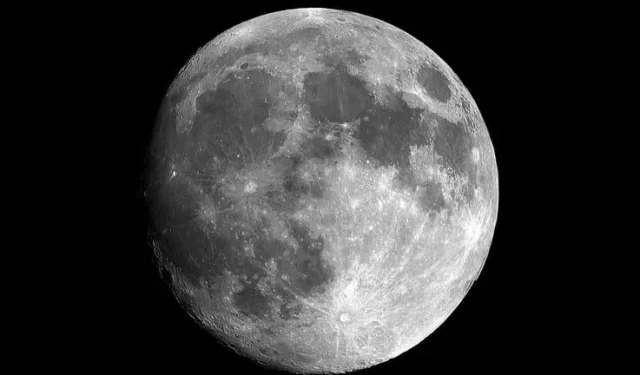China approves three new lunar missions for new energy source?

China approves three new lunar missions to extract helium-3, a mineral that could be effective in nuclear fusion.
There have been reports for some time that China has approved as many as three new moon missions following the discovery of a new crystal-like mineral that could prove very important for future energy production. This mineral, mined from the lunar soil, even has a new name: Changesite-(Y).
China approves three new lunar missions
The information was made public at a meeting of the Commission on New Minerals, Nomenclature and Classification (CNMNC) a few days ago. Experts believe that the samples in which this mineral was found are a billion years older than other samples recovered during previous missions conducted by the United States and the Soviet Union.
China is the third country to discover a new lunar mineral, and to be honest, there hasn’t been any progress on this front in 40 years. In any case, this is a historic achievement.
Go get helium-3
All this is very interesting, but from an energy point of view, it could be more. Indeed, this new mineral could contain helium-3, a form of helium almost non-existent on Earth that could be of great importance for nuclear fusion.
Without going into too much detail, helium-3 could be an ideal fusion fuel because it can produce a lot of power without emitting a lot of radiation that could damage a reactor.
a mineral that can be effective in nuclear fusion
The potential abundance of helium-3 on the Moon is not new, nor is the idea of mining on the Moon that China has been considering since 2014. Such a mineral can give a serious boost to the race for the Moon, and it is for this reason that we have been hearing about returning to the Moon for several years now.
This discovery could help determine exactly what to mine from the lunar soil and where to start mining. In his Helium-3 Electric Power article, Christopher Barnatt mentions that a helium-filled space shuttle could power the entire United States for a year, making mining in space very, very interesting.
While this certainly opens up incredible prospects, nuclear fusion is still far from being practical, despite the significant progress made in recent years. Researchers working on fusion reactors have succeeded in improving the stability of nuclear fusion, and there is a good chance that it could work well and change the world in a very positive way in the not too distant future.
Leave a Reply